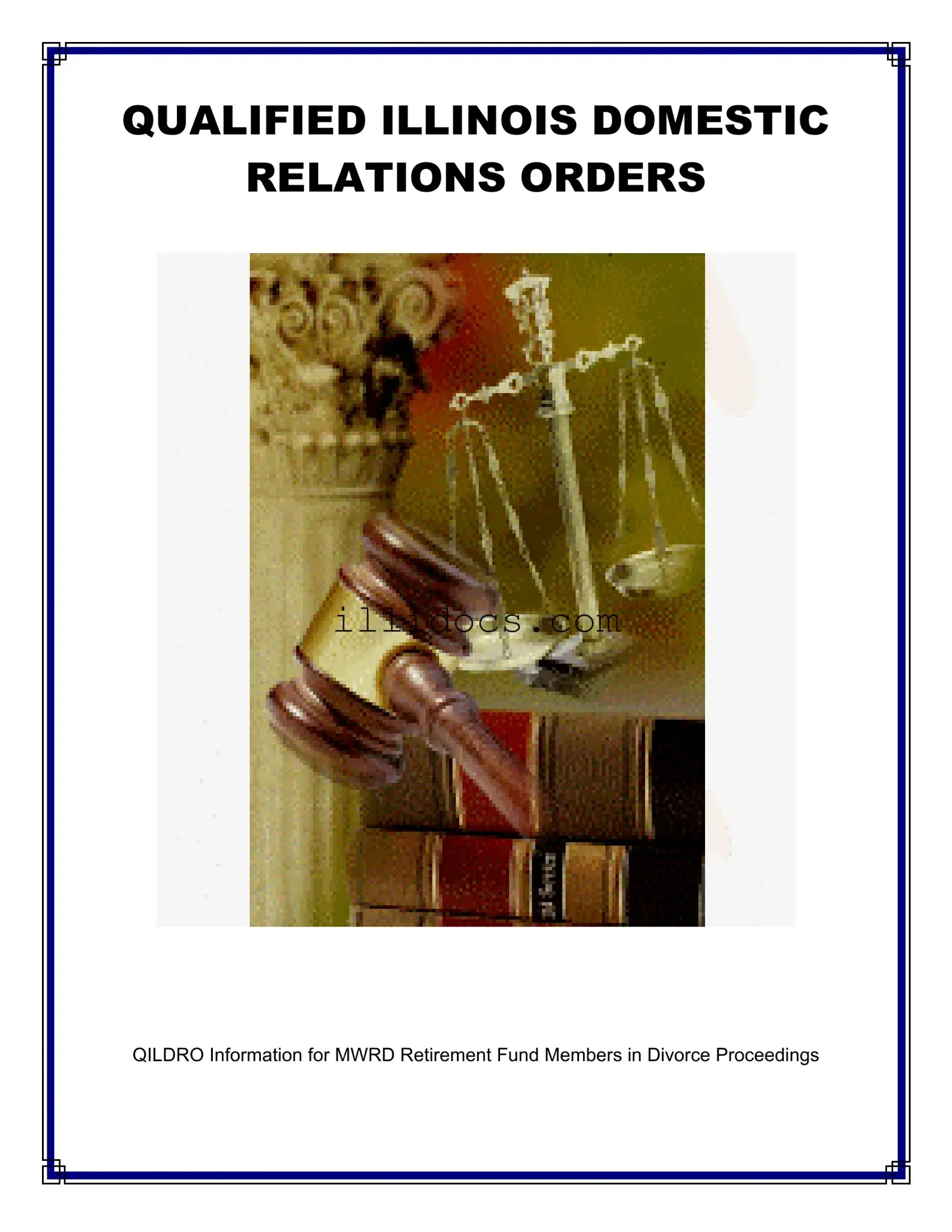What is a QILDRO?
A QILDRO, or Qualified Illinois Domestic Relations Order, is a court order that directs an Illinois public retirement system to pay a portion of a member's retirement benefits to an alternate payee, typically an ex-spouse. This order is essential for ensuring that retirement benefits can be divided during divorce proceedings. Unlike a QDRO, which applies to private retirement accounts, a QILDRO is specific to public pension systems in Illinois and must adhere to the Illinois Pension Code.
Who qualifies as an alternate payee?
An alternate payee is generally an ex-spouse but can also include a current spouse, child, or dependent of the member. The designation allows these individuals to receive a portion of the retirement benefits as determined by the QILDRO. It’s important to consult with a legal expert to understand the implications of this designation.
What benefits can be divided through a QILDRO?
Benefits that may be divided include retirement benefits, partial refunds, refunds of contributions, and lump-sum death benefits, if applicable. The specifics depend on what is agreed upon during the divorce proceedings and must be clearly outlined in the QILDRO.
What is a Calculation Order?
A Calculation Order is a document that specifies how the benefits will be divided according to the QILDRO. This order must be obtained from an Illinois court and sent to the Metropolitan Water Reclamation District Retirement Fund (MWRDRF) to implement the QILDRO. Without this order, the MWRDRF cannot process payments to the alternate payee.
What happens if the member dies?
If the member passes away, the QILDRO can allocate part of the lump-sum death benefit to the alternate payee. The MWRDRF will provide information about the death benefit based on the QILDRO. It’s crucial for the alternate payee to be aware of their rights in this situation, as the QILDRO can affect the distribution of benefits.
Are there any benefits that cannot be paid through a QILDRO?
Yes, certain benefits are not payable through a QILDRO. For instance, any benefits that do not fall under the purview of the Illinois Pension Code or are not specified in the QILDRO cannot be distributed. This includes benefits that are governed by a QDRO, as Illinois public retirement systems do not honor these orders.
What is the consent requirement for a QILDRO?
The consent requirement stipulates that a member must provide a signed consent form for the issuance of a QILDRO, particularly for members who were part of the retirement system before July 1, 1999. This consent ensures that both parties are aware of and agree to the terms outlined in the QILDRO.
How has the QILDRO process changed since its inception?
Since its introduction, the QILDRO process has evolved to provide greater flexibility in how benefits can be allocated. The changes made effective July 1, 2006, allow divorcing couples to choose from various methods to determine the alternate payee’s share, making it easier to tailor the agreement to their unique circumstances.
What if the alternate payee is missing?
If the alternate payee cannot be located, the QILDRO process may become complicated. The MWRDRF requires that all parties be notified and involved in the proceedings. In such cases, it may be necessary to seek legal advice to determine the best course of action.
What are the processing fees associated with a QILDRO?
A processing fee of $50 is typically required when submitting a QILDRO to the MWRDRF. This fee must accompany the certified copy of the QILDRO and any necessary consent forms. It’s advisable to budget for this expense when planning for the division of retirement benefits.
